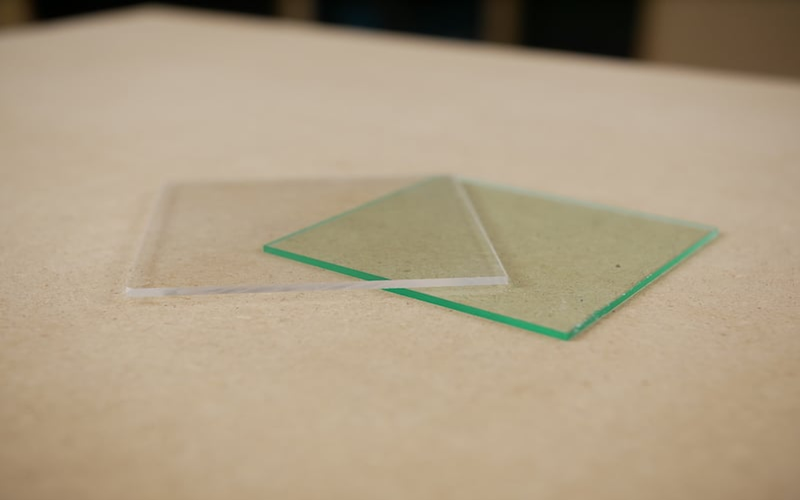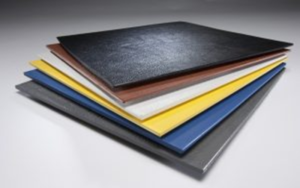When selecting materials for applications like aquariums, windows, or displays, the choice between acrylic sheets and glass is critical for balancing aesthetics, durability, and functionality.
Acrylic, known for its clarity and impact resistance, competes with glass, valued for its scratch resistance and classic appeal.
This article compares the two materials, focusing on their properties, applications, and trade-offs, to determine which is best suited for various project needs.
What Is Acrylic?
Acrylic, also known as plexiglass or acrylic glazing, is a lightweight, durable plastic material widely used as an alternative to glass.
It offers exceptional clarity and transmits up to 92% of visible light, making it ideal for applications requiring vibrant colors and optical clarity.
Acrylic solutions are favored by design teams for their versatility, as they can be easily shaped and customized for various uses such as picture frames, fish tanks, and protective barriers.
Overall, acrylic sheets combine functionality and aesthetic appeal, making them a popular choice for framing and display needs.
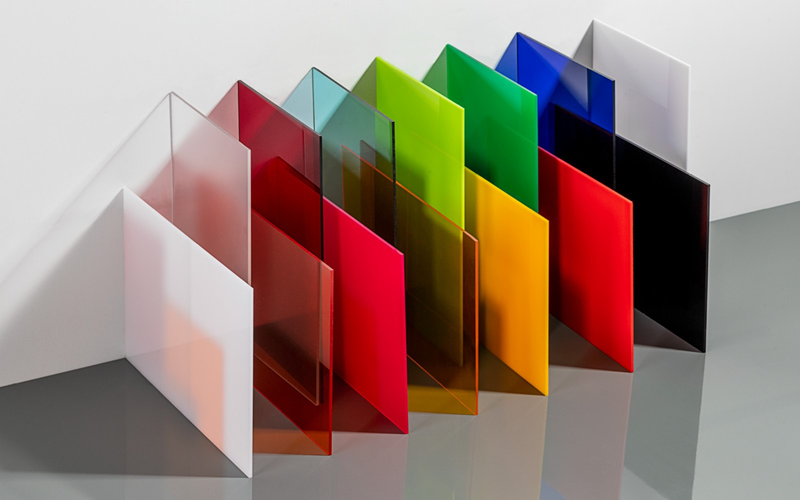
What Is Glass?
Glass is a transparent, non-crystalline solid material created by rapidly cooling molten silica and other compounds.
Glass is prized for its exceptional optical clarity and scratch resistance, making it a preferred choice for framed artwork and display cases.
Variants such as tempered glass provide enhanced safety by shattering into small, less harmful pieces, while laminated glass offers additional strength and sound insulation.
Low iron glass is another specialized type that delivers superior clarity, ideal for projects where vibrant colors and true-to-life detail are critical.
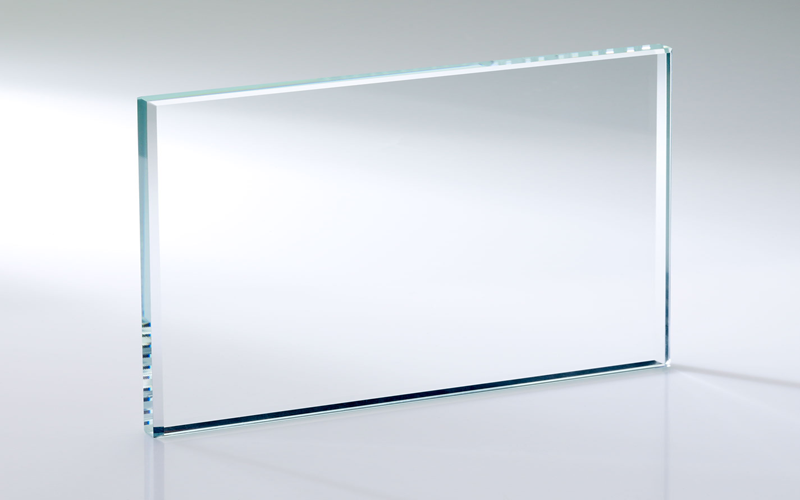
Types Of Acrylic Sheets
Cast Acrylic Sheet
Produced by pouring liquid acrylic into molds, cast acrylic sheets offer superior optical clarity and strength, making them ideal for high-end applications such as aquariums, optical lenses, and display cases.
Their enhanced durability and resistance to yellowing over time ensure long-lasting performance and vibrant visual appeal in demanding environments.
Extruded Acrylic Sheet
Extruded acrylic sheets are produced by pushing acrylic material through a die, resulting in a more cost-effective option compared to cast acrylic.
While they may be slightly less clear and not as strong as cast sheets, extruded acrylic is well-suited for general-purpose applications such as signage, protective covers, and displays where budget and versatility are important.
Colored Acrylic Sheet
Colored acrylic sheets come in a wide variety of hues and opacity levels, making them perfect for decorative applications such as artistic displays, custom lighting fixtures, signage, and interior design elements.
These sheets retain all the durability, impact resistance, and exceptional clarity of standard acrylic, while adding vibrant colors to enhance aesthetic appeal.
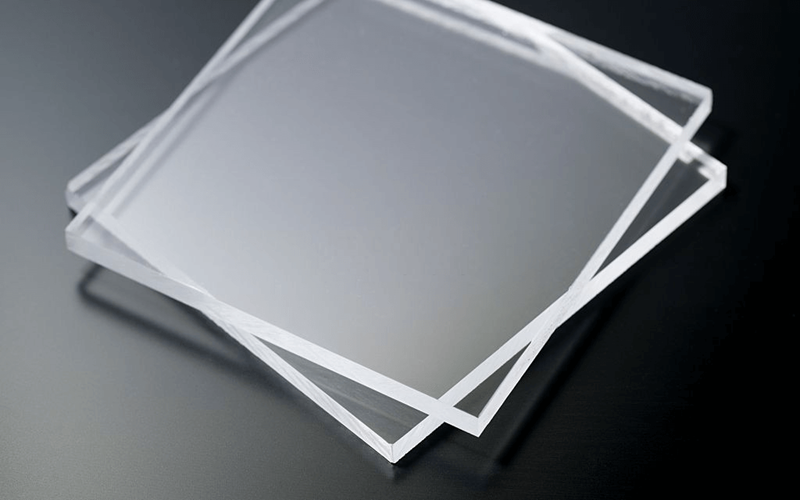
Key Properties Comparison Between Acrylic And Glass
When deciding between acrylic sheet and glass for your project, understanding their key properties is essential. Each material offers distinct advantages and drawbacks in terms of clarity, weight, impact resistance, and durability.
Clarity
Acrylic sheets provide exceptional optical clarity with up to 92% light transmission, delivering vibrant, undistorted visuals ideal for applications like aquariums and picture frames.
In comparison, glass also offers high clarity, especially low iron glass, but may exhibit a slight green tint in thicker forms, slightly reducing visual purity.
Additionally, tempered glass and laminated glass provide safety glazing benefits while maintaining excellent optical clarity, making glass a strong contender in applications where both clarity and safety glass features are important.
Weight
Acrylic sheet is approximately half the weight of glass, making it significantly easier to transport, handle, and install, especially in large-scale or high-traffic projects.
This lighter weight reduces structural demands and installation complexity, contributing to overall cost savings and enhanced safety during handling.
In contrast, glass’s heavier nature not only increases transportation and installation challenges but also requires sturdier support structures to ensure stability and durability.
Impact Resistance
Acrylic sheet is 10-20 times more impact-resistant than glass, significantly reducing the risk of cracking or shattering.
This shatter resistant quality makes acrylic sheet a safer choice in environments prone to impacts or accidents.
In contrast, glass is more prone to breaking under impact, which can pose safety hazards. While tempered glass offers enhanced safety glazing by breaking into small, less dangerous pieces, acrylic’s superior impact resistance and durability make it ideal for high traffic areas and applications requiring both safety and longevity.
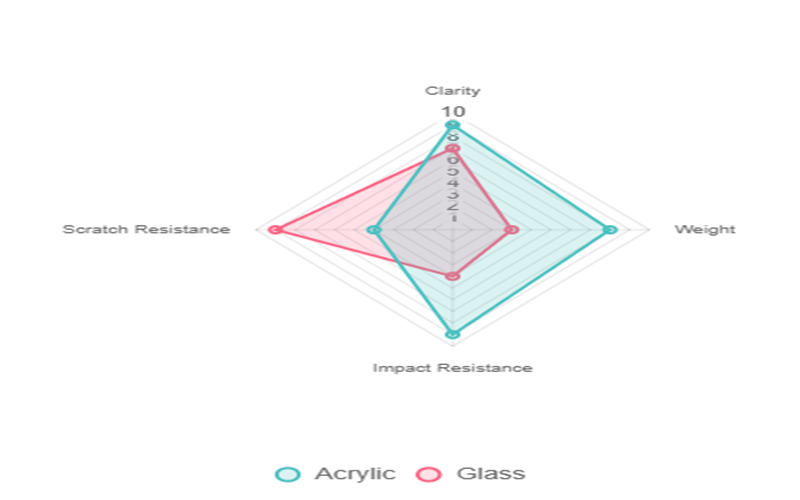
Benefits And Drawbacks Of Acrylic And Glass
When deciding between acrylic and glass, it’s important to consider the distinct advantages and disadvantages each material offers.
Acrylic sheet is prized for its impressive impact resistance, making it highly shatter resistant and safer for environments with high traffic or potential hazards.
Its lightweight nature, being roughly half the weight of glass, simplifies installation and reduces structural demands.
Acrylic sheet also provides exceptional optical clarity and effective UV protection, shielding framed artwork and displays from potentially damaging UV light and preserving vibrant colors over time.
However, acrylic sheet is more easily scratched than glass and often requires anti-scratch coatings to maintain its clarity.
It may also be less heat treated than glass, making it susceptible to warping or deformation under high temperatures.
In contrast, glass offers superior scratch resistance and excellent durability against heat. Tempered glass, which is heat treated for safety, shatters into small, less harmful pieces.
Laminated glass adds strength and sound insulation. Additionally, glass is chemically inert and more environmentally friendly due to its easier recyclability.
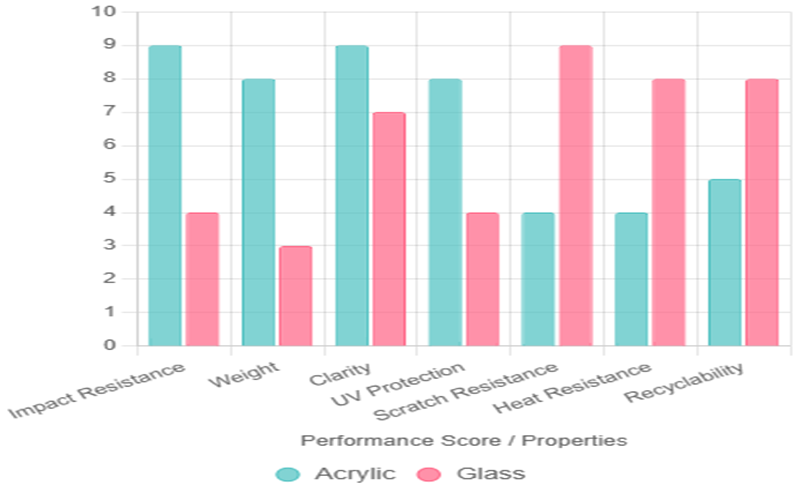
Comparison Of Acrylic Sheet And Glass In Applications
When choosing between acrylic sheets and glass for various applications, understanding their distinct characteristics and performance in real-world uses is essential.
Aquariums
Acrylic sheets are widely used in aquariums due to their exceptional optical clarity, excellent impact resistance, and superior UV protection.
Acrylic’s lightweight properties make installation easier and reduce structural support requirements.
In contrast, regular glass is commonly used in smaller or budget-conscious aquarium setups but is heavier and more prone to cracking or shattering, which can be potentially dangerous.
Windows
Acrylic sheets are increasingly preferred in modern architectural applications for windows and skylights due to their lightweight nature, superior impact resistance, and the ability to be easily molded into complex shapes and custom designs.
Additionally, acrylic offers excellent UV protection, preventing yellowing and degradation from prolonged exposure to UV rays, which helps maintain clarity and vibrant colors over time.
In contrast, glass remains the traditional choice for windows because of its superior scratch resistance, exceptional optical clarity, and durability against heat.
Picture Frames
When it comes to picture frames, choosing between acrylic and glass is an important decision that impacts both the protection and presentation of your framed artwork or photographs.
Acrylic offers exceptional optical clarity and vibrant color transmission, making your images stand out with brilliant detail.
Additionally, acrylic glazing provides effective UV protection, helping to prevent fading and damage from UV rays over time.
On the other hand, glass, particularly tempered or low iron glass, is prized for its superior scratch resistance and classic, timeless appearance.
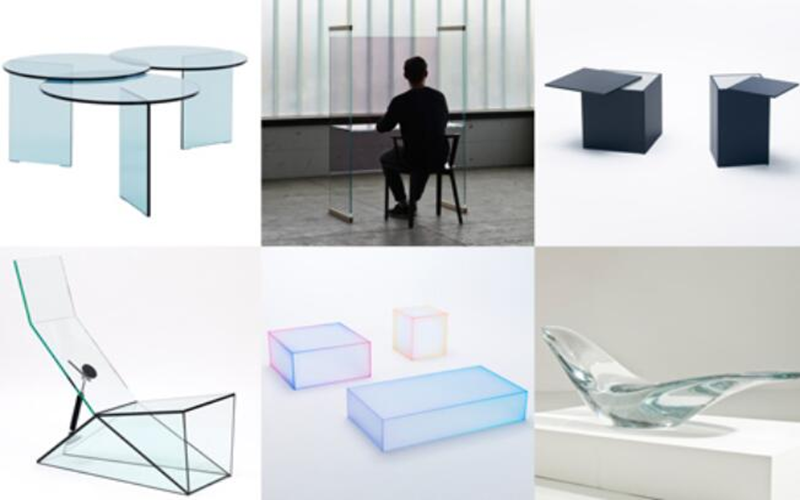
How To Choose, Acrylic Or Glass?
When deciding between acrylic vs glass, it’s important to consider the specific requirements of your project and the differences between glass and acrylic.
Acrylic sheet offers advantages such as lightweight construction, exceptional impact resistance, and superior UV protection, making it ideal for applications in high traffic areas, outdoor use, and where safety glazing is a priority.
Glass, including tempered and laminated glass options, excels in scratch resistance, optical clarity, and provides a timeless aesthetic that enhances framed artwork and architectural designs.
The choice between glass vs acrylic often comes down to factors like cost, durability, installation complexity, and design flexibility.
By understanding the strengths and limitations of both acrylic and glass, you can make an informed decision that balances clarity, durability, safety, and aesthetic appeal, ensuring the best material choice for your application.
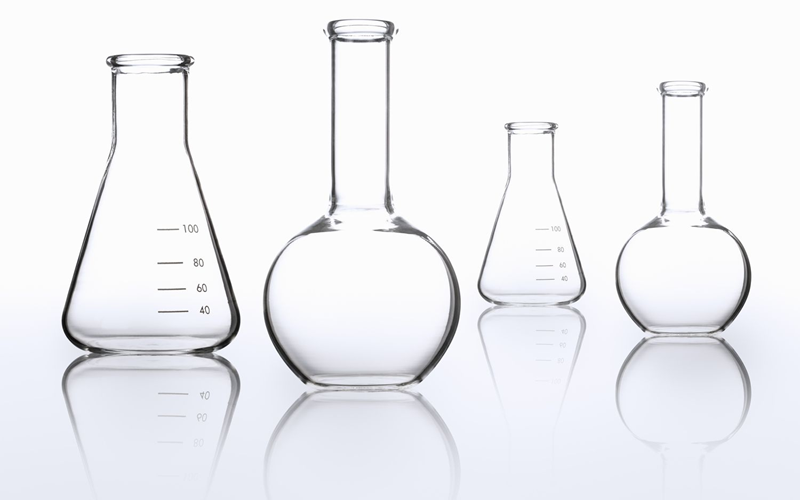
Conclusion
In the comparison of acrylic sheets versus glass, acrylic emerges as the superior choice for most modern applications due to its exceptional clarity, lightweight nature, and unmatched impact resistance.
Acrylic sheets offer up to 92% light transmission, providing vibrant colors and exceptional optical clarity that enhance the visual appeal of framed artwork, fish tanks, and signage.
Their ability to withstand 10-20 times the impact of glass ensures safety and durability in high-traffic and potentially hazardous environments.
Additionally, acrylic’s moldability and ease of fabrication enable innovative and customized designs, while its lighter weight simplifies installation and reduces structural support costs.
Understanding these differences will help you make an informed decision tailored to your specific needs.

